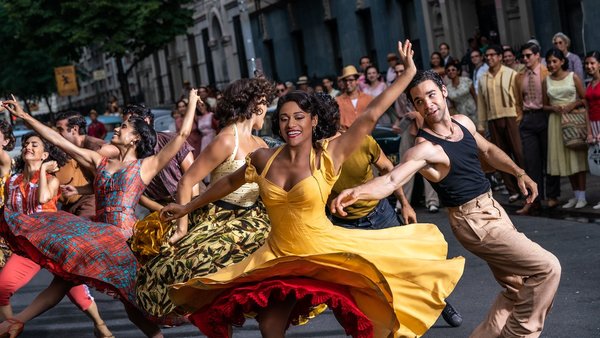West Side Story Review: 7 Ups & 3 Downs
5. The Fantastic Musical Numbers

Perhaps the area in which this new take best improves upon the '61 movie is in its staging and execution of the classic musical numbers.
Though the original film remains a technical marvel in its own right, Spielberg's more dynamic filmmaking quite frankly blows it out of the water.
From a stunning opening long-take crane shot - presumably digitally assisted - that segues into the famous musical prologue, it's clear that Spielberg wants to use modern filmmaking tech to one-up the original's own visual majesty.
Mercifully employing little CGI throughout, though, the vibrancy largely comes through by way of the impeccable gliding camerawork, exquisite framing, spirited choreography, and more evocative locations.
While the New York of the '61 film felt a little empty and lifeless, here it's positively bustling.
The single biggest improvement surely occurs in the staging of "America," which is shifted from a rooftop to the more potential-filled city streets, Spielberg taking full advantage of this expansive setting to deliver the film's true show-stopper of a sequence.